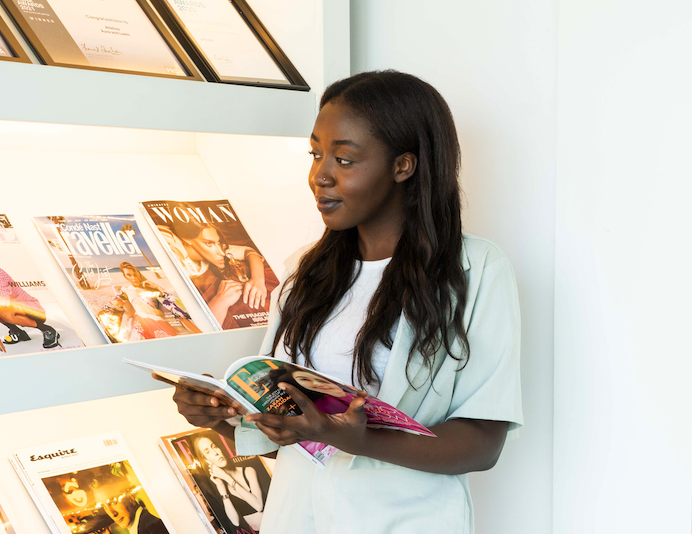
Diving into the wild wild west of social media, where trends evolve at the speed of a double tap and attention spans are as fleeting as a 15-second TikTok video, brands are on a quest for the ‘secret sauce’ to stand out from their peers and connect with their target audience.
Enter influencer marketing
It harnesses the credibility and reach of influential individuals on social media platforms, proving to be a game-changer for brands looking to enhance their online presence and engage with consumers on a more personal level.
Meltwater’s 2024 Marketing Trends report reinforces this, as 25 per cent of companies plan to increase their influencer marketing budget in the coming year.
Influencer marketing relies on the power of trust and authenticity. Consumers, bombarded by traditional advertisements, often seek genuine connections and recommendations.
One popular form of influencer marketing is through social media platforms like TikTok, Instagram, and YouTube, where brands work with influencers to promote their products or services to their followers.
Choosing the right influencer
Regardless of the tactical approach, brands need to choose the right influencers who align with their values, goals, and target audience.
This can be done by researching the influencer’s past collaborations, overall brand image and engagement rate through influencer marketing software such as Influencity and Trackr.
Parfums de Marly, a luxury niche fragrance brand, is a prime example of a brand that has successfully leveraged influencer marketing by leveraging influencers to promote its products.
By collaborating with luxury and lifestyle influencers to showcase its fragrances, it has also incorporated event launches as part of its marketing strategy by hosting exclusive events.
Other beauty and fashion brands such as Refy, Dyson, Pandora, Mermade Hair and Beauty of Joseon use a range of beauty creators, from nano to macro influencers.
On the other hand, brands like Skims rely on celebrity and macro influencers, whereas Leem and The Giving Movement use a mix of nano to mega influencers to promote their clothing and accessories.
Beyond products, non-profit organisations have also leveraged influencer marketing to raise awareness for social causes.
For instance, COP28 UAE partnered with popular influencers like Khalid Al Ameri, Jessica Kahawaty, and others who are passionate about environmental conservation.
These influencers shared informative content about climate change and sustainability on their platforms, inspiring their followers to support the cause.
Not a one-size-fits-all solution
As we continue to explore different brand successes with influencer marketing, it’s evident that this strategy goes beyond industry boundaries.
Influencers play a key role in shaping consumer perceptions and driving engagement, whether it’s beauty, fashion, technology, or social causes.
However, it’s important to note that influencer marketing is not a one-size-fits-all solution. Brands need to be strategic and tailor their approach based on their goals, target audience, and budget.
By Zainab Jimoh, Account Executive at Atteline









